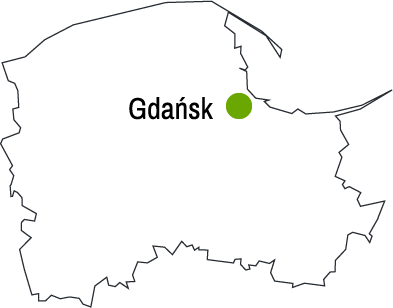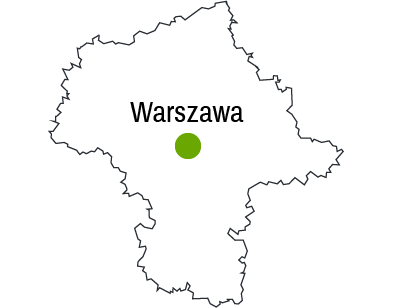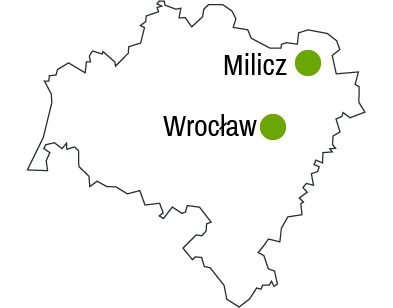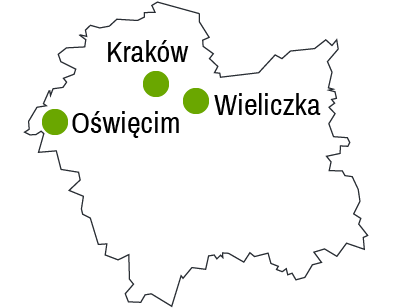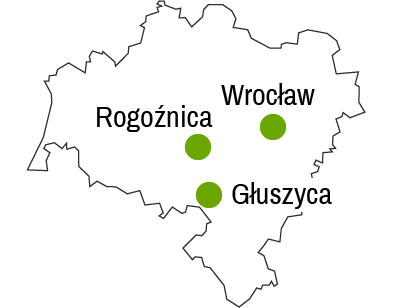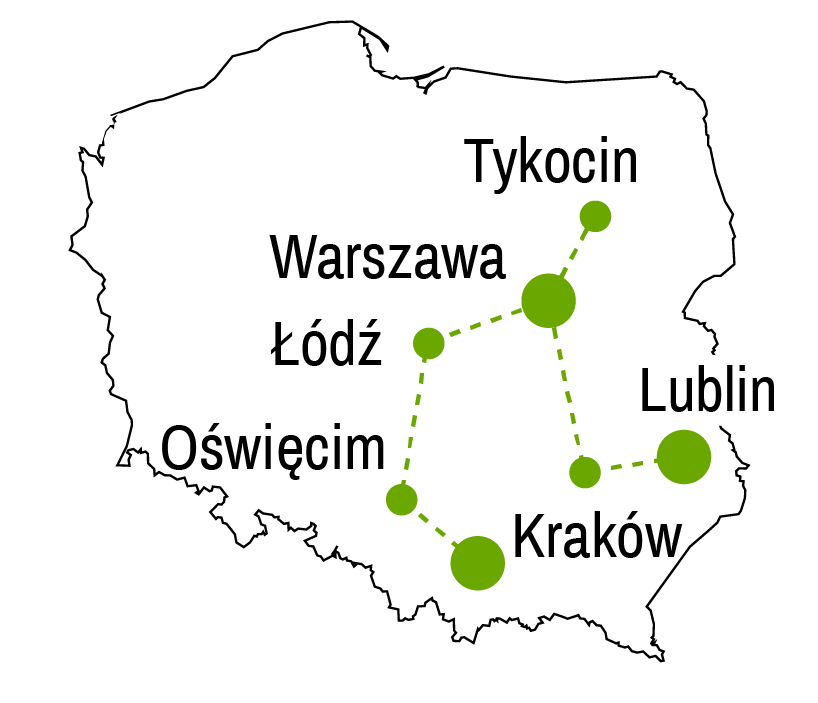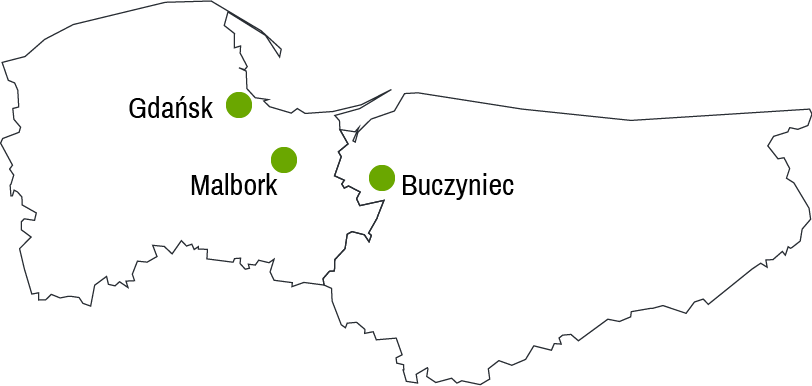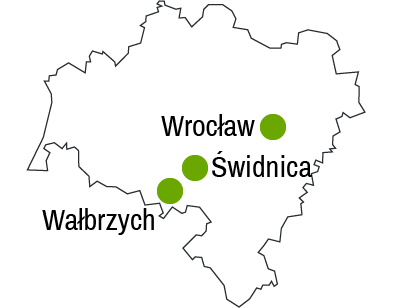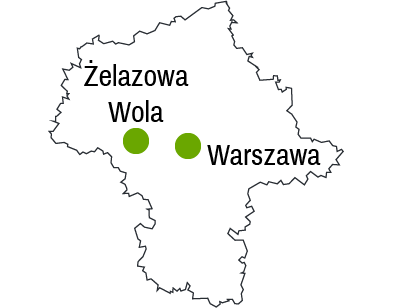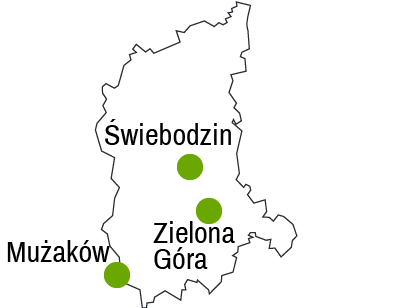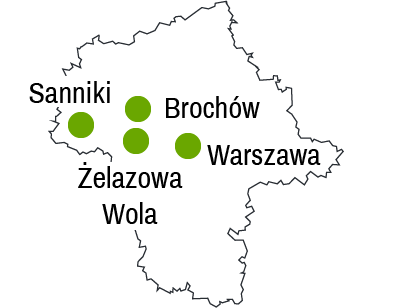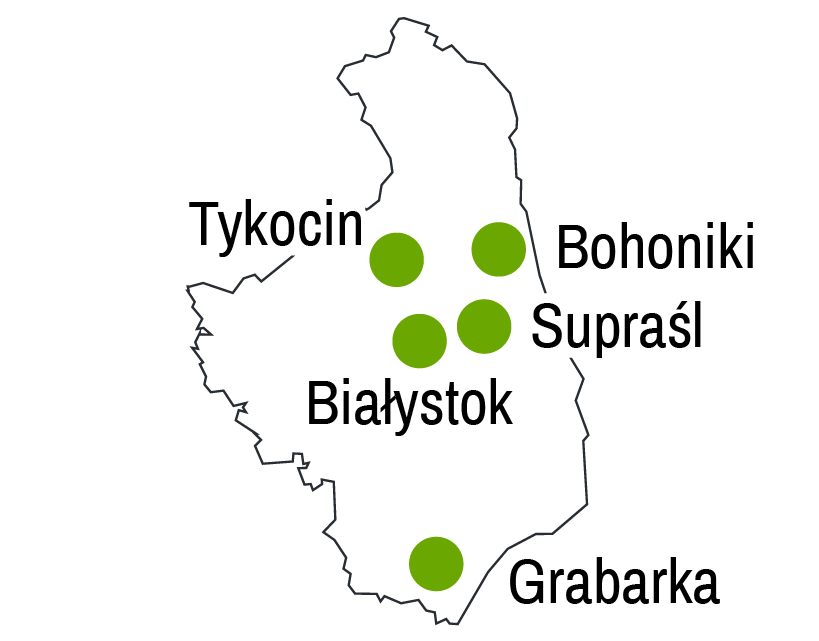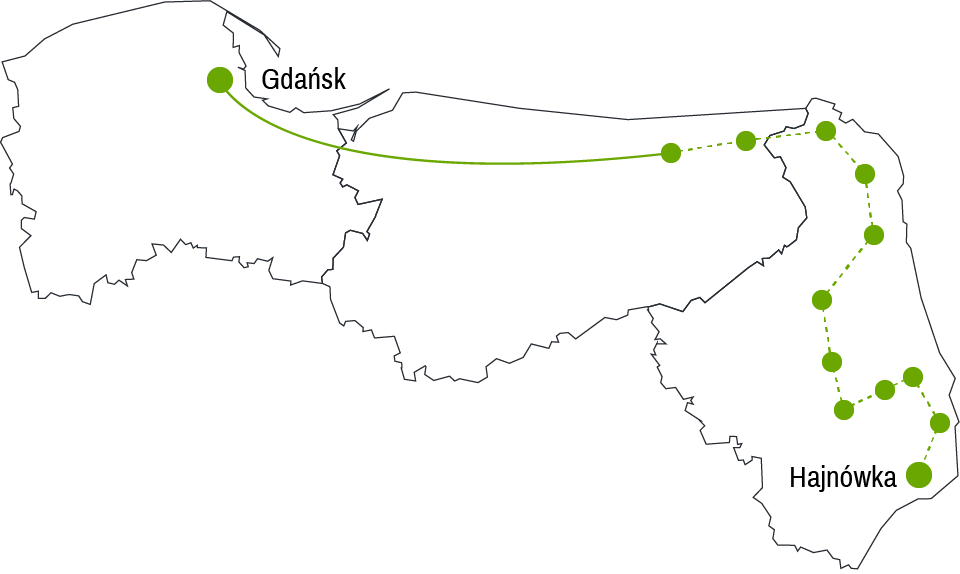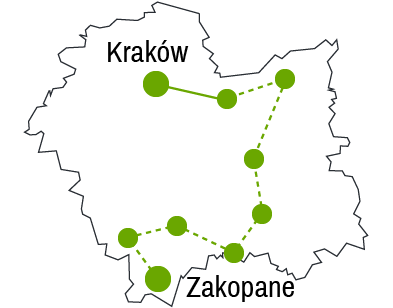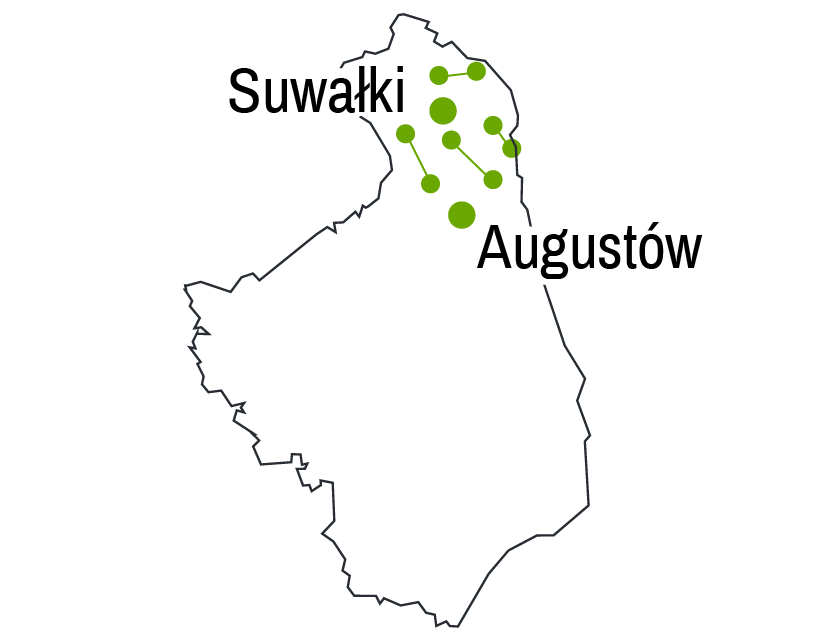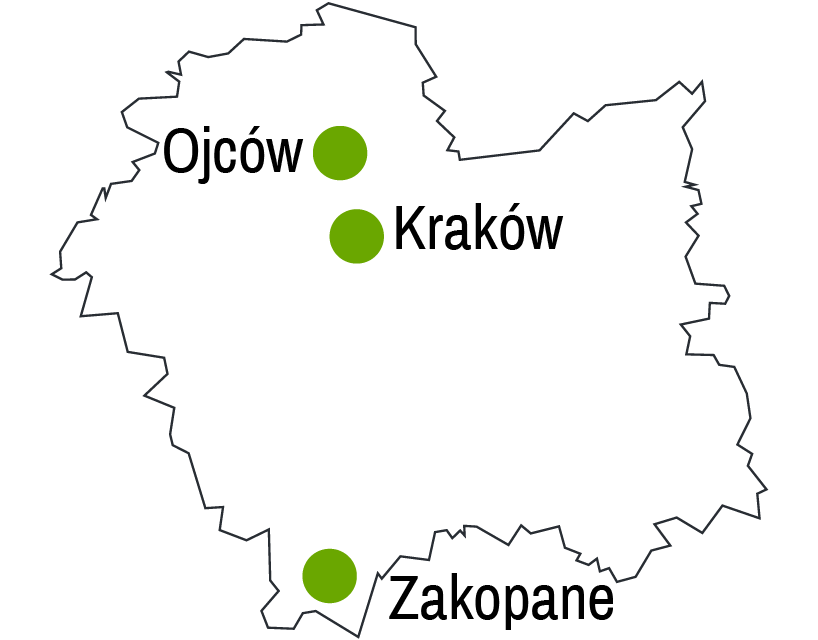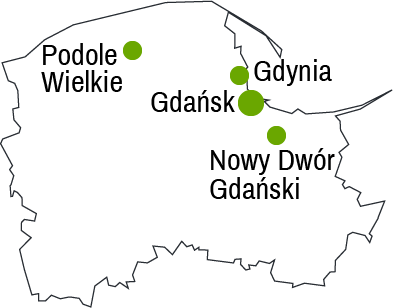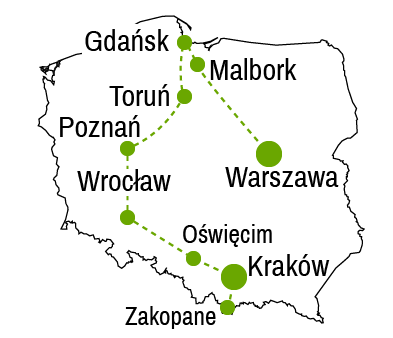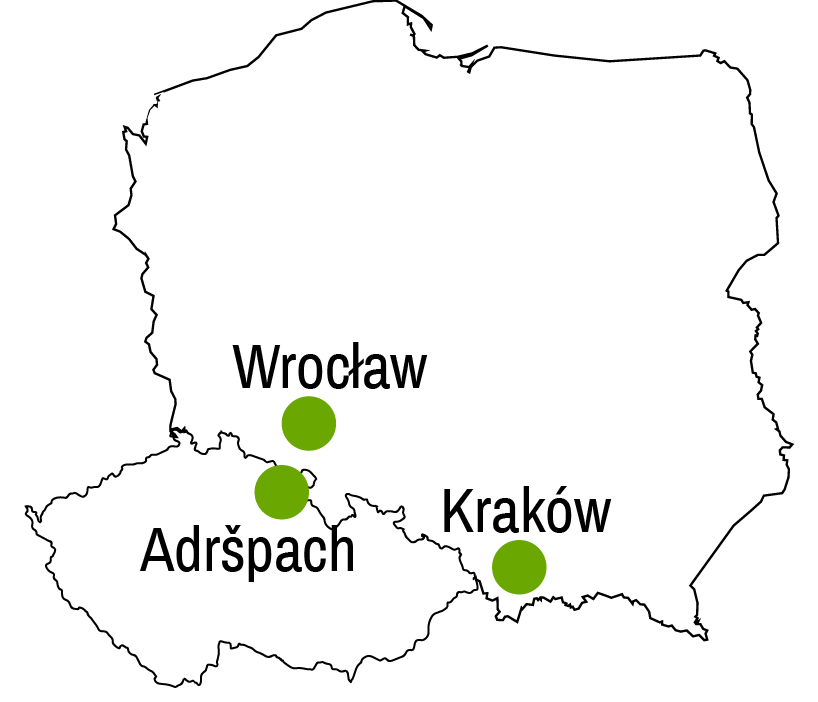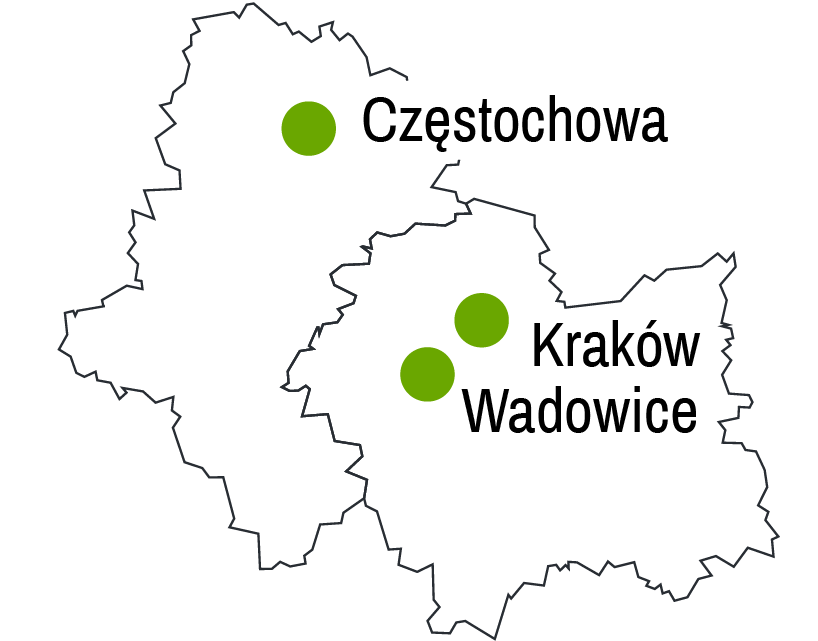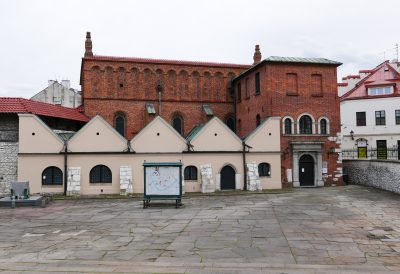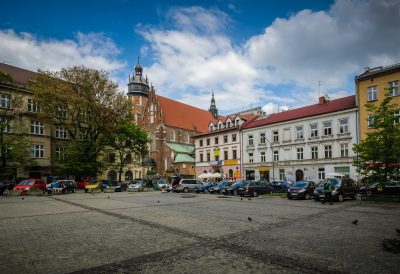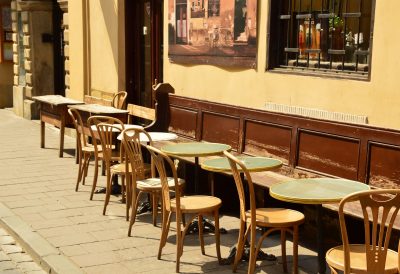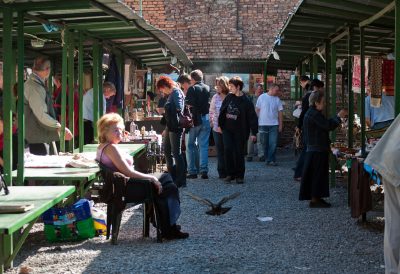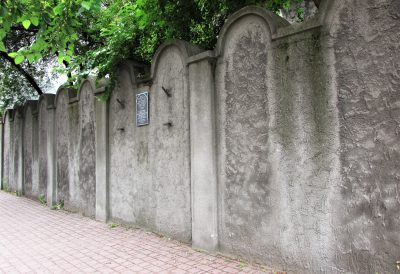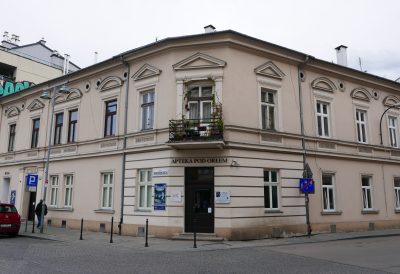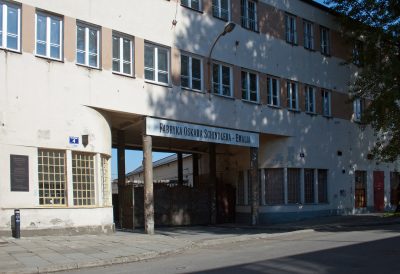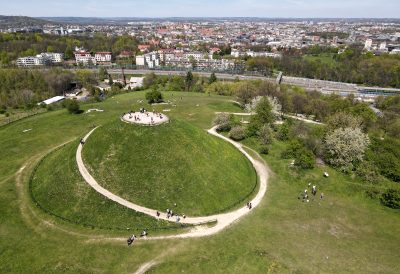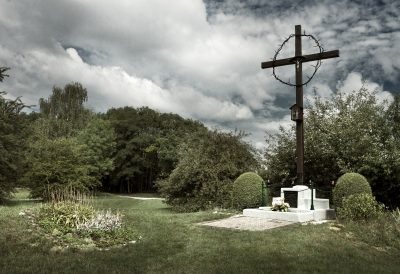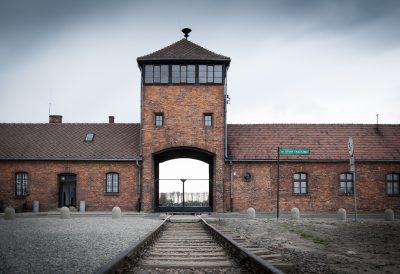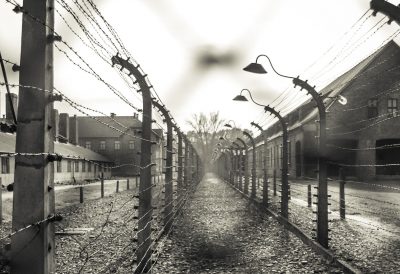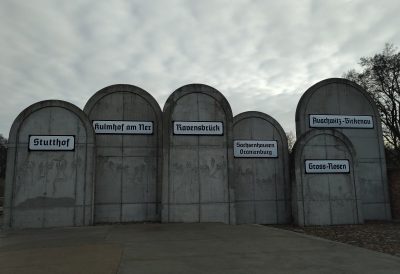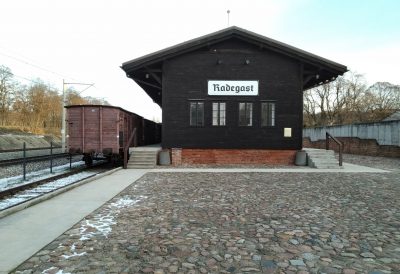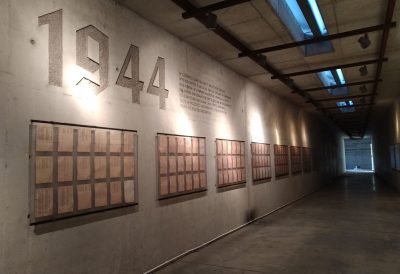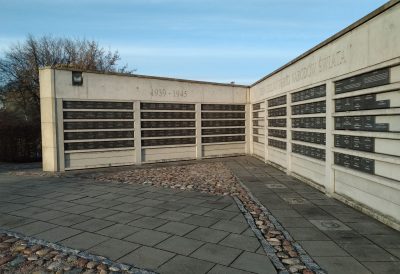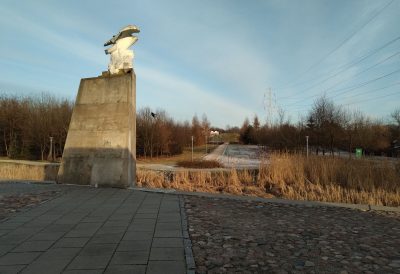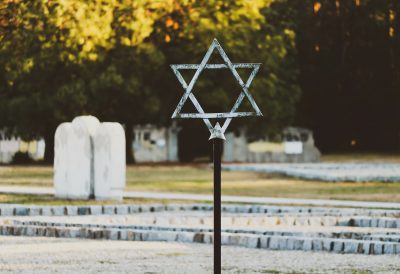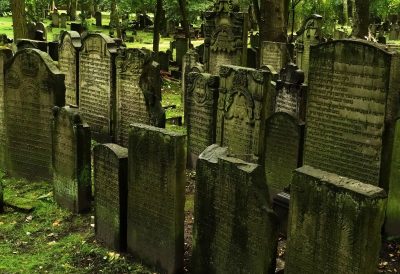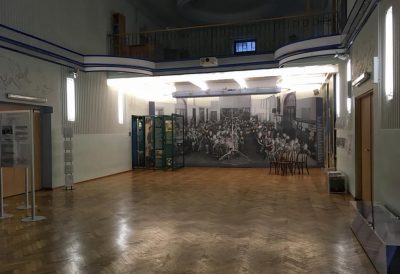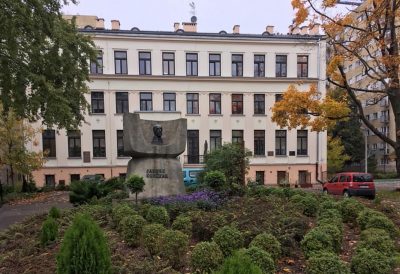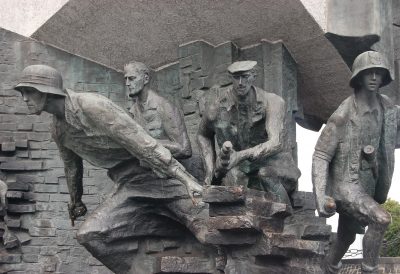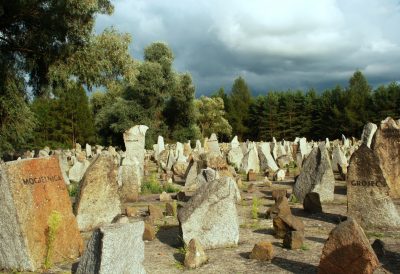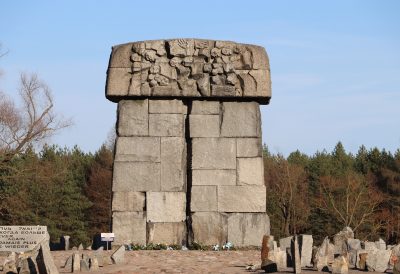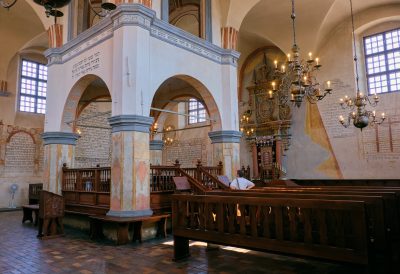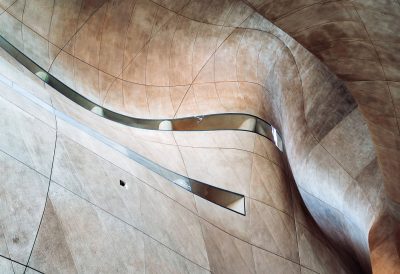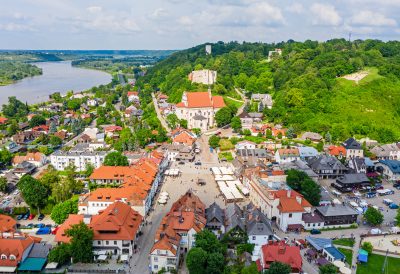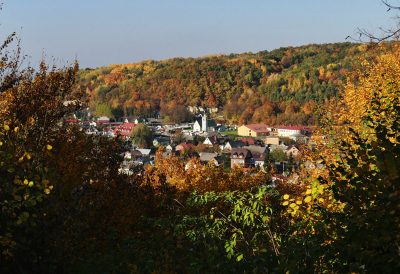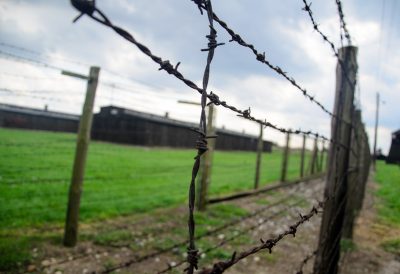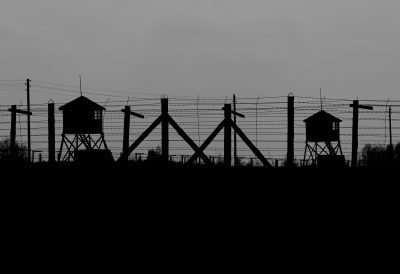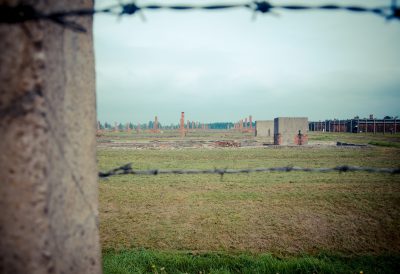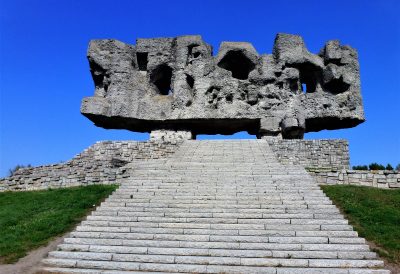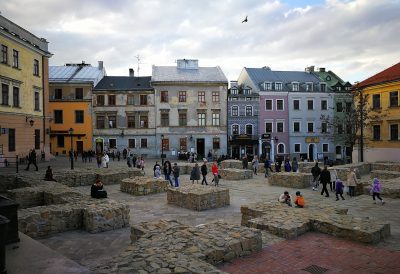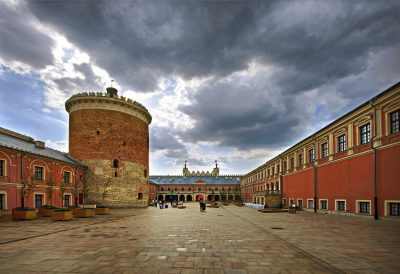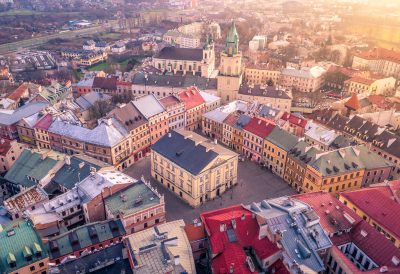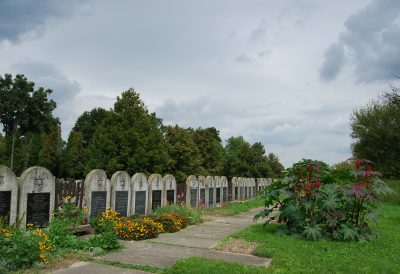On the trail of Jewish culture and the Holocaust
1,000 years of the history of Polish Jews
Itinerary
The following route is one of the proposals that we can freely modify and adapt to the individual interests and needs of the trip participants. The programme is carried out under the supervision of an experienced guide.
Day 1
Shalom on Szeroka Street
The journey will start in Kraków, which from the beginning of its existence was inextricably linked with the Jewish tradition. It was in its vicinity that Kazimierz was founded, which from the 16th century was called ‘the Jewish city’. During the tour, you will see two of the oldest synagogues in the city: the Old Synagogue and Remuh. In your free time, you will stroll through the cobbled, atmospheric streets of this artistic district, where the Jewish Culture Festival is organised annually – an event with a reputation attracting thousands of participants from Poland and abroad.
Day 2
History of the Kraków Ghetto
Today, we will take you for a walk around the former Kraków ghetto, which was established on the other side of the Vistula, in the Podgórze district. The stroll will start with a visit to the Eagle Pharmacy Museum, which houses an exhibition devoted to the extermination of Jews in Kraków in 1939–1945. Then, you will go to the former Oskar Schindler’s factory, the history of which was presented in the film ‘Schindler’s List’.
You will also visit the former German concentration camp in Płaszów – one of the three concentration camps established by the authorities of the Third Reich in the General Government.
This day will end with dinner in a typical Jewish restaurant, listening to live klezmer music.
Day 3
Auschwitz-Birkenau
In the early morning, you will depart for Oświęcim, where the former Nazi concentration camp Auschwitz-Birkenau is located, a symbol of terror and genocide. It is one of the most important collective memorial sites in Poland, a silent witness of human suffering and cruelty.
After your visit, you will head towards Łódź, a city with strong Jewish roots. You will walk around the Old Town and its famous Piotrkowska Street, the district of the former ghetto, where the Reicher Synagogue (the only surviving pre-war synagogue in the city) and the Jewish cemetery are located. Finally, we will take you to the Survivors’ Park, where an exhibition about life in the Łódź ghetto has been created.
Day 4
Doomed
After breakfast, you will go to Chełmno nad Nerem, where the museum of the former German extermination camp Kulmhof am Ner is located. It was the site of the greatest genocide in Greater Poland during World War II, and the first extermination camp in the Polish territories occupied by the Third Reich.
The next stop on the tour will be Warsaw, where you and your guide will walk around the neighbourhood of the former ghetto. On the route you will see the Nożyk synagogue and the Jewish cemetery, Umschlagplatz, where Jews were gathered before deportation to the Treblinka extermination camp, the house of Janusz Korczak and the Warsaw Rising monument.
Day 5
Road to the East
Today, you are going to Treblinka, where the largest extermination centre in the General Government was located. 900,000 people lost their lives there. The memory of the victims was commemorated at the symbolic cemetery made of 17,000 boulders.
In the afternoon, we will take you to Tykocin, which was one of the largest Jewish communities in Poland before the war. The most famous monument of the city is the baroque synagogue. It is currently the second largest and one of the oldest Jewish temples in Poland.
Before returning to Warsaw, you will listen to a concert of Jewish songs that will take you back in time to pre-war Tykocin.
Day 6
1000 years of the history of Polish Jews
After breakfast, you will visit the POLIN Museum of the History of Polish Jews, which is one of the most modern museums in Poland. It presents the thousand-year history of the Jews in Poland. The exhibition consists of eight galleries that tell about the culture and heritage of Polish Jews throughout history.
Then we will take you to Kazimierz Dolny on the Vistula River, which is called Kuzmir in Yiddish. Before World War II, Jews constituted nearly two-thirds of the inhabitants of this charmingly situated town. Kazimierz Dolny has a huge number of historic buildings and places, which earned it the status of a historical monument awarded by the President of the Republic of Poland.
Day 7
Lublin – Jerusalem of the Kingdom of Poland
After breakfast, you will go to Majdanek, where a martyrdom museum was opened in 1944 on the site of the former Nazi concentration camp KL Lublin. The establishment of the Majdanek camp was related to the plans of Germanisation of Eastern Europe, according to which this part of Europe was to be a source of free forced labour. It was intended for prisoners of various nationalities, with Jews constituting the most numerous group.
Next, we will take you to Lublin, known as the ‘Jerusalem of the Kingdom of Poland’, where you will walk around the former Jewish quarter and taste the specialties of the regional cuisine.
Day 8
A world which no longer exists
On the last day of the trip, you will visit The Memorial Chamber of the Lublin Jews, located in the pre-war synagogue. The exhibition presents a collection of archival photographs, books and ritual artifacts of Lublin Jews. There is also a plaque commemorating Poles who helped Jews during the war.
After the tour, we will take you to the airport in Kraków.


